Best Time for Storm Restorations
Storm restorations are most effective when performed during specific times of the year that minimize the risk of further damage and allow for proper repair work. The optimal period typically falls between late spring and early fall, when weather conditions are generally more stable and predictable. Conducting restorations during these months can reduce delays caused by adverse weather, ensuring timely and efficient repairs.
Spring and summer months usually offer the best weather for storm restorations, with fewer rainstorms and milder wind conditions.
Performing restorations shortly after a storm ensures damage is addressed promptly, preventing secondary issues like mold or structural deterioration.
Late summer and early fall are ideal as they avoid the peak storm months, reducing the likelihood of encountering additional severe weather.
Choosing periods with stable weather conditions allows for optimal scheduling and reduces project delays.
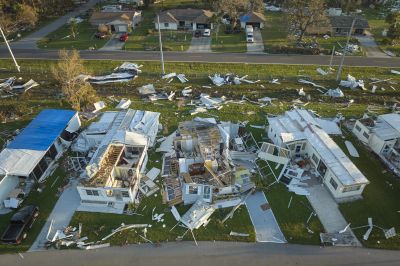
Restoration crews repairing a roof after storm damage.

Rapid response team addressing storm-related damages.

Inspecting a property for storm damage before repairs.
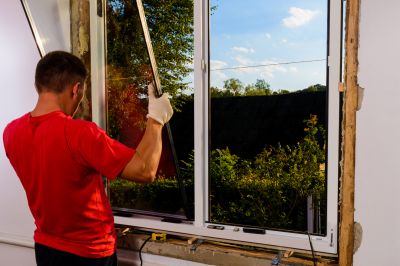
Ways to make Storm Restorations work in tight or awkward layouts.
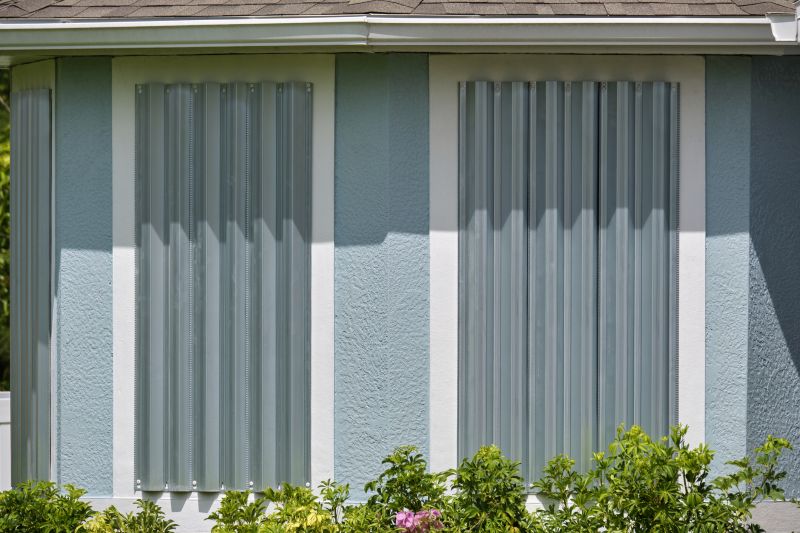
Popular materials for Storm Restorations and why they hold up over time.
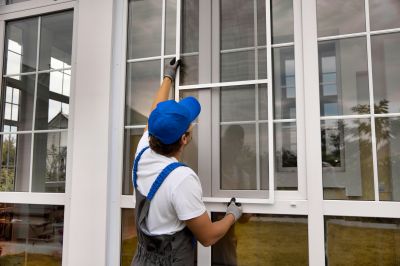
Simple add-ons that improve Storm Restorations without blowing the budget.
| Factor | Impact on Storm Restorations |
|---|---|
| Weather Conditions | Stable weather reduces delays and enhances safety during repairs. |
| Storm Season Timing | Scheduling outside peak storm months minimizes the risk of additional damage. |
| Daylight Hours | Longer days enable more work hours, increasing project efficiency. |
| Temperature | Moderate temperatures prevent material issues and improve working conditions. |
| Post-Storm Window | Immediate response after storms prevents secondary damages and accelerates recovery. |
Storm restorations involve repairing damage caused by severe weather events such as high winds, heavy rain, hail, and storms. Proper timing ensures that repairs are durable and that the affected property is protected against future weather impacts. Data indicates that early intervention after storm events can significantly reduce long-term repair costs and prevent secondary issues such as water intrusion, mold growth, and structural weakening.
Understanding seasonal weather patterns and planning restorations during the most favorable times can lead to more efficient and effective repair processes. By scheduling during periods of stable weather, property owners can minimize delays and ensure repairs are completed to a high standard, safeguarding their investments.
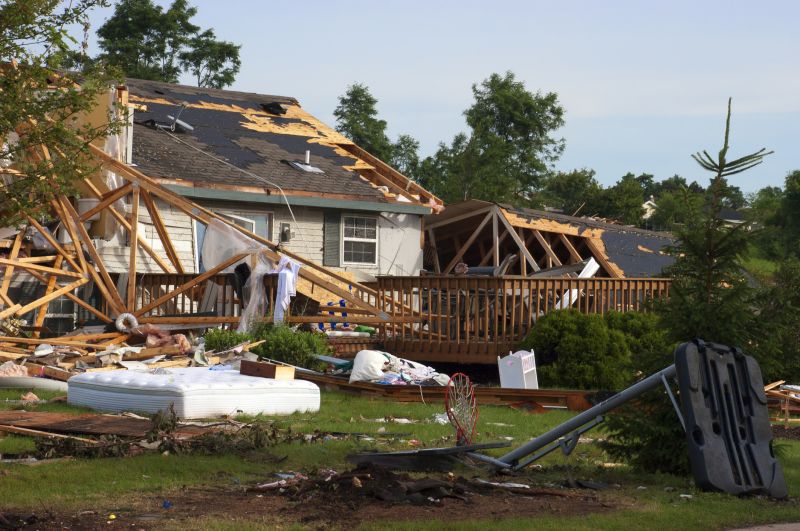
Evaluating storm damage to determine repair needs.
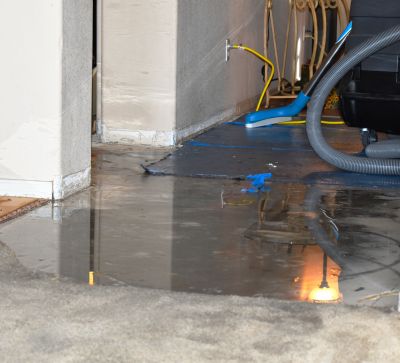
Specialized tools and equipment for storm damage repair.

Restoring a roof damaged by storm impact.

Thorough inspection to identify all storm-related damages.
For property owners in Hesperia, California, timing storm restorations during optimal seasons can lead to better outcomes and more resilient repairs. Engaging with experienced professionals ensures that damage is properly assessed and restored efficiently, reducing the risk of future issues.
Interested parties are encouraged to fill out the contact form to discuss storm restoration needs and schedule repairs during the most suitable period for their property.
